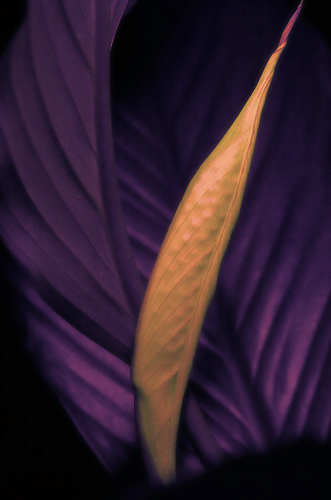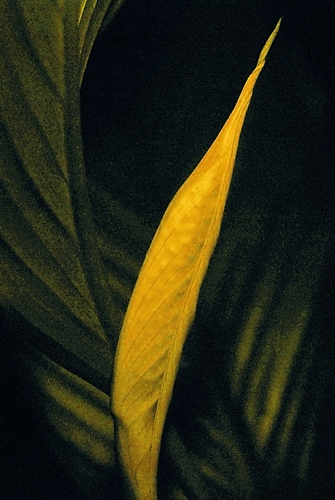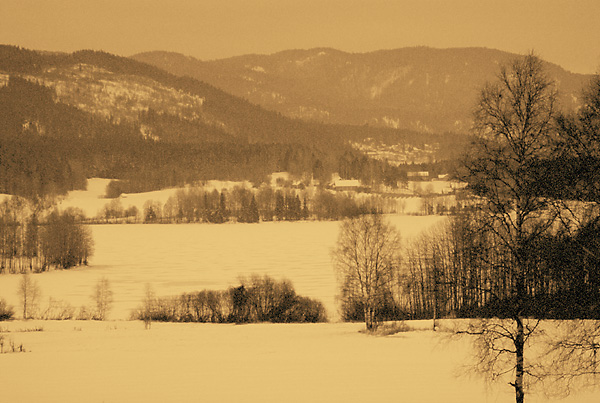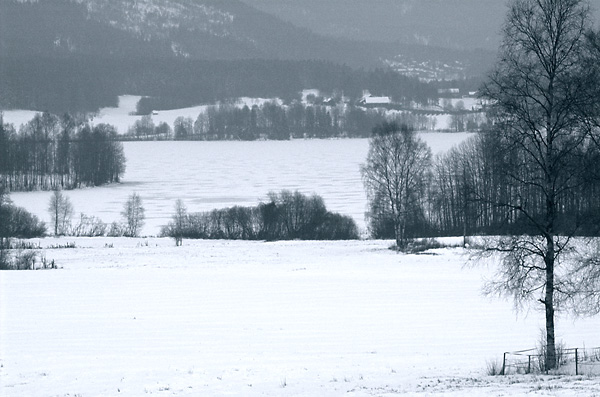| Nikon D200 Digital Camera
Reviewed |
|
|
| by Bjørn
Rørslett |
|
8.
Ultra-violet (UV) photography with D200
People familiar with my style
of shooting 'invisible' light are well aware of the fact that I'm
partial to UV. So, one of the the first issues addressed with the
D200 was shooting UV with my trustworthy UV-Nikkor 105 mm lens.
Granted, not many of these expensive goodies are floating around,
but some do exist. Togichi
Nikon, an industrial subsidiary of
Nikon, recently commenced a new production of this lens (now
labelled just UV 105 without the 'Nikkor' name engraved, but
otherwise identical to the original). You can also shoot UV with
a score of alternative lenses; read more about this in my Digital UV and IR
Tutorial.
The camera designers don't
like UV any more than they do IR coming into their digital
contraptions, and for similar reasons. UV has a different focus
than visible light and will disrupt sharpness plus contribute to
the washing out of colours in sky areas. However, unlike IR, the
UV rays are quite efficiently filtered out by pure optical means
long before they can reach the imaging chip inside. Thus the
optical glass in the lens, bonding substances, and in particular
the multi-coating layers, prevent much of the impinging UV to
pass through. Of course none of this applies when a dedicated UV
lens is put onto the camera. Learning that the D200 possessed a
CCD imager, I initially was quite optimistic regarding its
potential to do UV. However as events later turned out, this
optimism was unfounded.
The D200
follows the trend set by the D2X meaning it is little responding
to UV. However, unlike the D2X and more
similar to other Nikon DSLRs (D1, D1X, D2H) it records UV mostly
in the red channel. The D1H and D70 have useful response in the
other two channels as well, and the D2X has mainly a blue-channel
UV response.
The UV response of the D200
tested with a filter pack of B+W 403 and BG-38 on the UV-Nikkor
105 mm f/4.5 lens is typically 15 stops under normal daylight.
This is an additional 4-5 stops lower than the UV response of the
D70. Thus, I would not consider the D200 a candidate camera for
shooting UV flower images because of its low UV response. In fact
I did try, and you can draw your own conclusions from the images
presented below.
Ultra-Violet Peace Lily (Spathiphyllum
sp., Araceae)
D200 vs D70
|
 |
 |
D70
f/13 @ 800 ISO equivalency, UV-Nikkor 105 mm f/4.5 lens,
Hoya U-360 filter on lens, SB-140 UV flash |
D200
f/5.6 @ 1600 ISO equivalency, UV-Nikkor 105 mm f/4.5
lens, Hoya U-360 filter on lens, SB-140 UV flash |
The D200 is at least 3.5 stops less
sensitive to UV than the D70 when the subject is
illuminated by a dedicated UV flash, yet both have CCD
imagers. This conclusively points to the 'improved'
internal filter pack as the main reason for the much
reduced UV response.
There are UV "colour" colour differences
between the two cameras as well. Any such UV
"colour" is just imaginary by definition, but
the camera and its imaging chip with the Bayer filter on
it do not know this fact, so goes on to produce
"false" colours nevertheless. That these faked
colours end up different only means the UV response is
subtly different across the (R,G,B) channels, a
phenomenon very frequently observed when using DSLRs for
UV photography.
|
So, can the residual UV response be put
into service for landscape work, such as the case is for the D2X?
I've tried, and my conclusion is that there are better ways than
this of wasting your time. You are ensured of noisy and grainy
images with much loss of detail, and very long exposure times.
Direct comparison, as depicted below, indicates the D70 is in
this case about 5 stops more UV sensitive than the D200. In
addition, the D70 gives lots of image detail as well. I've not
done direct UV comparisons against the D2X, but from its known
placing versus the D70, it can be inferred the D200 is at least
one stop less sensitive to UV than even the low-sensitive D2X.
Ultra-violet Landscape (D200 vs
D70)
|
 D200
13 sec exposure at f/5.6 @ 1600 ISO equivalency,
UV-Nikkor 105 mm f/4.5 lens, Hoya U-360 filter on lens
(The white stuff
covering the ground is snow, a common substance of my
neck of the woods, and a good reflector of UV light)
|

D70
0.6 sec exposure at f/5.6 @ 800 ISO equivalency,
UV-Nikkor 105 mm f/4.5 lens, Hoya U-360 filter on lens
|
So, although some UV response of the D200
is evident, it is not a suitable candidate for a UV camera. For
people less engrossed in ultra-violet than me, the low UV
response does mean landscape motifs with lots of blue skies are
less likely to get washed-out sky colours. One loses, another
wins.
Last update
18 January, 2006



